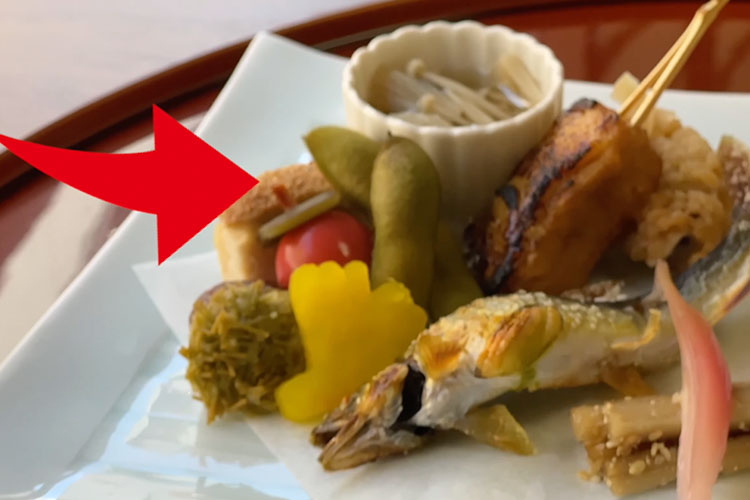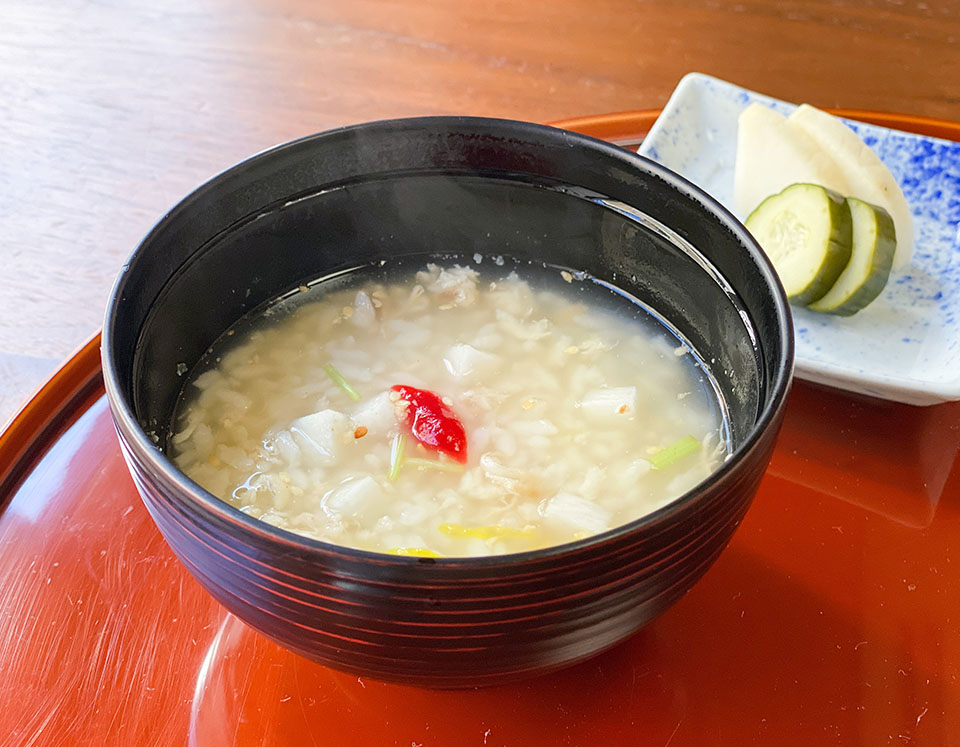This is the second part of the photography techniques for Kaiseki Cuisine. (Click here for Part One)
[Grilled Dish] Grilled ayu with roe, nama-fu dengaku (grilled wheat gluten), ginkgo maru-to, burdock sesame salad, chestnut age, mushroom salad in a small bowl, pike conger nanbanzuke (marinated), persimmon quail egg, green beans.
Within the ‘Yakimono’ (grilled dishes) category, there is a term called ‘Yaki Hassun.’ The term ‘Hassun’ originates from the size of the dish used to serve the cuisine, with ‘hassun’ referring to a dish that is eight ‘sun’ (a traditional Japanese unit of length) in size, equating to approximately 24cm squared.
There are various types of ‘Hassun’ dishes, such as ‘Maehassun’ served after the appetizer, ‘Nakahassun’ served in the middle of the course, and ‘Yaki Hassun’ served as a substitute for grilled dishes.
The most crucial aspect to pay attention to while photographing this dish is the distortion of the plate due to the camera lens’s characteristics. Explore compositions that minimize this distortion by slightly altering the front angle and other adjustments.
 Distortion of the Plate Due to Lens Characteristics
Distortion of the Plate Due to Lens Characteristics Shift the Front Angle to Reduce Distortion
Shift the Front Angle to Reduce DistortionAlso, this time’s ‘Grilled Dish’ is a complex delicacy, with nine different ingredients arranged on a single plate. Therefore, it’s essential to accurately identify the main feature and choose an angle and framing that brings the whole dish together cohesively.
 Light is coming from the left side.
Light is coming from the left side. The main focus is set on the young ayu (sweetfish)
The main focus is set on the young ayu (sweetfish)Furthermore, here is a shot where the distortion of the plate is mitigated by using framing that cuts off the warping, creating a photo without any discomfort.
[Bowls] Sweet potato bun, with duck soboro, yuba ankake (tofu skin sauce).
The characteristic of ‘Hachimono’ (bowl dishes) lies in its serving style, where robustly flavored dishes are presented in deep bowls or earthenware pots.
The ingredients vary with the seasons: fresh budding vegetables or mountain vegetables in spring, cooling ingredients in summer, new rice and mushrooms in autumn, and root vegetables or hot pot dishes in winter, cherishing the seasonal ingredients of each period.
For this ‘Hachimono’, since the plating is simple, we will try to skillfully utilize items like lids.
 Placing the lid directly behind is not aesthetically pleasing.
Placing the lid directly behind is not aesthetically pleasing. Place the lid to the back right to create a diagonal composition.
Place the lid to the back right to create a diagonal composition.Also, since the dish doesn’t have a clear front, I took the shot in a way that I thought made the reflections of the light and the appearance look their best. Here is the cut taken in that manner.
Other dishes
The video is available on YouTube
Regarding the techniques for photographing Kaiseki Cuisine, I am also broadcasting them on YouTube videos, so please be sure to check them out.
*Don’t worry, it has English subtitles.








